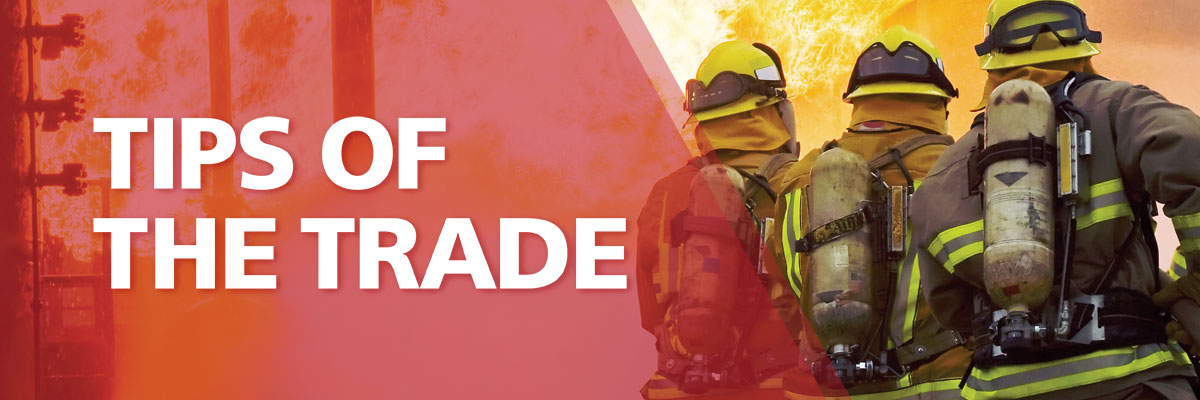|
 |
| Electric utility control during structural firefighting |
|
| Structure fires involve a risk of electrical contact for firefighters as well as building occupants. Coordinating with PPL Electric Utilities and following the tips below can help decrease this risk. |
|
| Coordinate with PPL Electric Utilities |
| Structural firefighting operations place firefighters in direct proximity to electric power lines and wiring that may be compromised by fire conditions or by the fire suppression effort itself. These facilities may pose hazards to a structure's occupants as well as to you and your team. |
| When responding to a structure fire, remember that utility personnel are the experts in utility control. PPL Electric Utilities should be asked to respond to every structure fire. Once on the scene, the utility representative should be incorporated into the command structure. |
| Protect yourself and building occupants |
| 1. |
Identify the location of power lines, service drop wires and electrical panels during your 360-degree size-up. When evacuating occupants, direct them safely away from compromised utility lines. |
|
| 2. |
During operations, continuously communicate the status of electric service to operating crews and your dispatch center. |
|
| 3. |
Work with PPL Electric Utilities personnel to coordinate the safe control of electric utilities. |
|
| 4. |
Be aware that fire conditions may cause energized power lines to sag or disconnect from their structure and drop to the ground. |
|
| 5. |
Be alert for conductive objects when using aluminum ladders around structures. Fire may compromise electric wiring inside walls, energizing metal awnings and siding. |
|
| 6. |
Even after the electricity has been shut off, a backup generator may be in place and begin to operate. Treat all wires outside the structure as potentially energized and stay away until a PPL Electric Utilities representative informs you the lines are de-energized and grounded. |
|
| 7. |
When water must be used to protect exposures, use a modified hose stream of 30-degree fog at 100 psi. Direct the stream away from energized lines and other energized objects. |
|
| 8. |
Ensure that all personnel, ladders and aerial equipment remain at least 10 feet away from overhead power lines up to 50kV. Remember that higher voltages require greater distances. If you do not know the voltage, stay at least 20 feet away. |
|
| What NOT to do |
| • |
Do NOT park firefighting apparatus under power lines. |
|
| • |
Do NOT stand on the ground when operating aerial equipment in the vicinity of power lines. |
|
| • |
Do NOT cut electric lines, even if you believe that they have been de-energized. |
|
| • |
Do NOT move downed electric wires. |
|
| • |
Do NOT disconnect the service wiring on a structure or pull the electric meter out of its socket. |
|
| • |
Do NOT enter utility vaults, enclosures or switching cabinets. |
|
| • |
Do NOT enter a PPL Electric Utilities substation unless directed to do so by a utility representative. Do not spray water or foam inside a substation. |
|
|
| Would you like to know more? |
| Additional utility safety tips, case studies, instructional videos and safety education tools can all be found, at no charge to you, on PPL Electric Utilities’ e-SMARTresponders website. |
|
|
|
| In an electrical emergency, call PPL Electric Utilities at 1-800-342-5775 (1-800-DIAL-PPL). |
|
|
|
|
|
